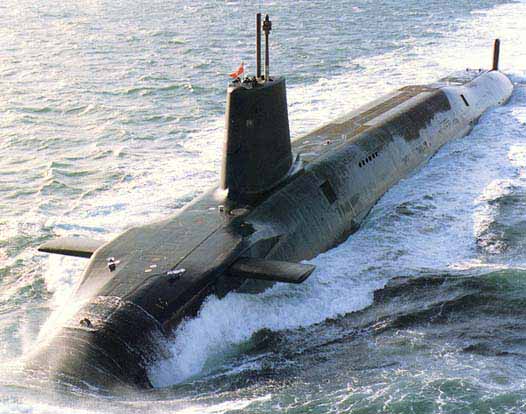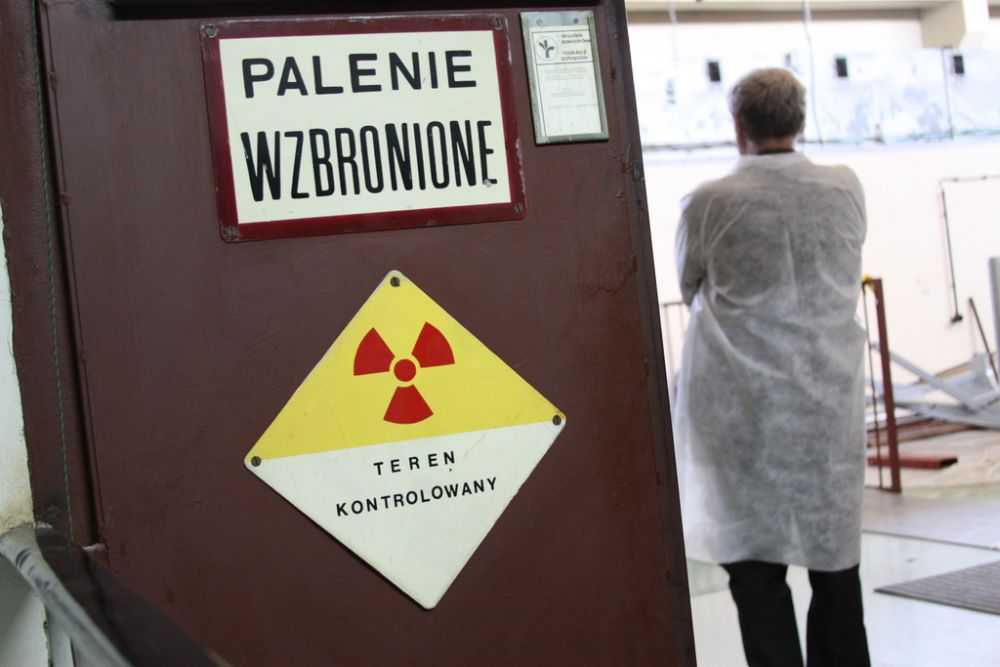
George M. Moore
Scientist-in-Residence, Adjunct Professor, The James Martin Center for Nonproliferation Studies
Citing a major gap in the global effort to minimize and eliminate stockpiles of highly enriched uranium (HEU), a new paper funded by the Nuclear Threat Initiative (NTI) notes that the use of HEU in naval reactors continues in the United States, the United Kingdom, India and Russia despite successful transitions to low-enriched uranium (LEU) for similar purposes in other countries. The authors call on Congress to take steps that could lead to HEU conversion and on the Navy to be more transparent about its own investigations into LEU use.
Naval reactor conversion has long been controversial—and converting to LEU is a complex undertaking. In many cases, it requires the development of new reactors and new fuels for future generations of naval vessels. In addition, the use of HEU for naval propulsion has long been perceived as having significant advantages.
However, other countries have successfully made, or plan to make, the transition to LEU. The French Navy converted in 2008, and China is believed to use LEU in its submarines. Russia also has designed a LEU-fueled reactor for its future nuclear-powered icebreakers.
In previous reports to Congress on the subject, the Navy concluded that LEU use offered no advantages and would have adverse economic and environmental consequences. The Navy’s reports, however, lack supporting data according to the new paper.
In a set of recommendations intended to spur further examination of the issue, the paper calls on Congress to:
Sign up for our newsletter to get the latest on nuclear and biological threats.
“The bottom line is that the countries and areas with the greatest responsibility for protecting the world from a catastrophic act of nuclear terrorism are derelict in their duty,” the 2023 NTI Index reports.
Over a ten-year period, more than 700 kilograms of highly enriched uranium was removed from Poland, making it the 31st country to completely remove their HEU.
The Civilian HEU Reduction and Elimination Resource Collection has been updated by CNS in the wake of the April 2016 Nuclear Security Summit (NSS).



